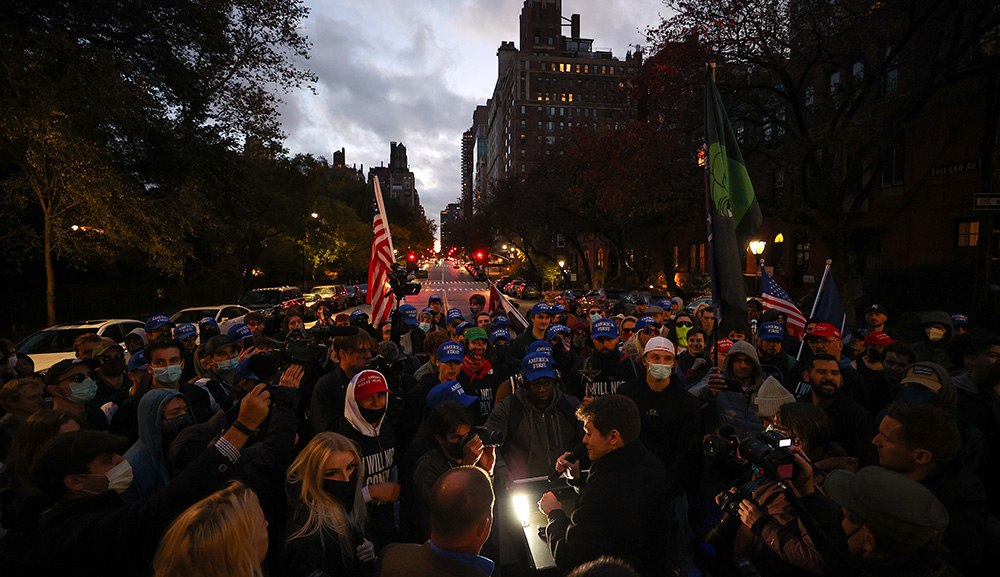To commemorate the 500th anniversary of the establishment of the Venice ghetto—a restricted area of Jewish settlement that gave subsequent ghettos its name—Jerusalem’s Israel Museum is displaying artifacts that show how Venetian Jews flourished despite the widespread anti-Semitism that led to their segregation. Eli Mendelbaum writes:
One of the more moving artifacts is a curtain from 1601, . . . displaying symbols from the family to which it belonged—the Cohen family. The curtain is embroidered with silk and gold thread on velvet fabric and reads: “Alms for God, in honor of Dr. Joseph Cohen.” The curtain is embroidered with a coat of arms, hands [formed as when making] the priestly blessing, and five small medallions in a decorative pattern.
“This is an opportunity to experience spiritual and cultural creativity, despite the limitations imposed upon them,” said [the curator, Gioia] Sztulman. “Patchwork velvet is a technique typical of the 16th and 17th centuries in general and Venice in particular. Trading in second-hand fabrics was also one of the few professions Jews were allowed to engage in, apart from usury and medicine. Due to their availability, Jewish ritual items were made of the most luxurious of fabrics.”
More about: Ghetto, History & Ideas, Italian Jewry, Jewish art, Jewish museums


